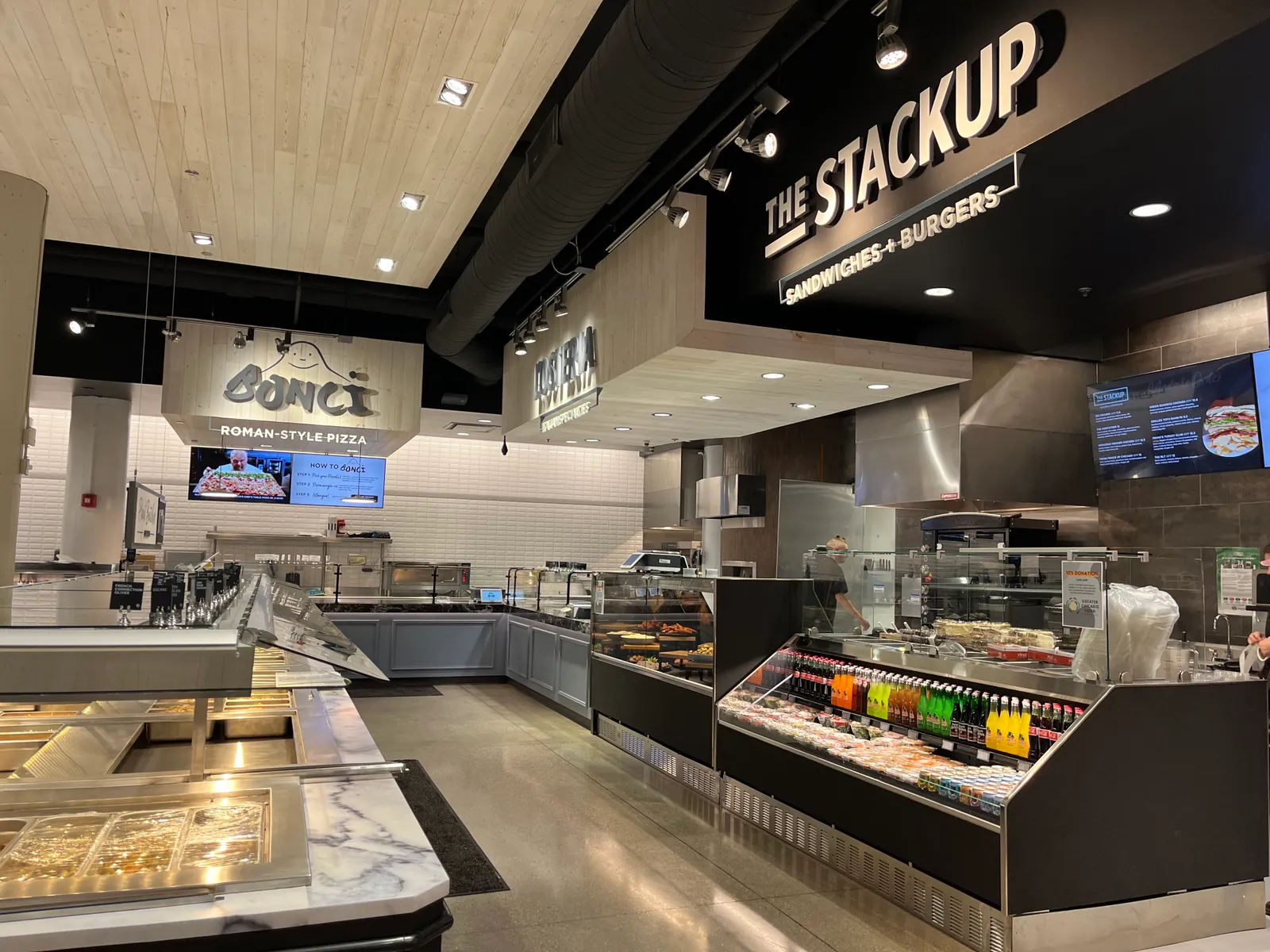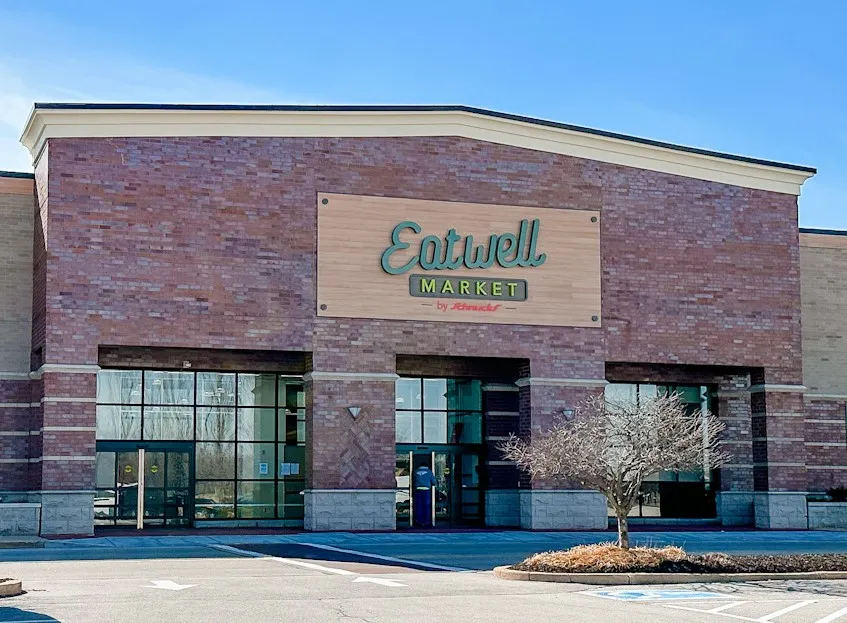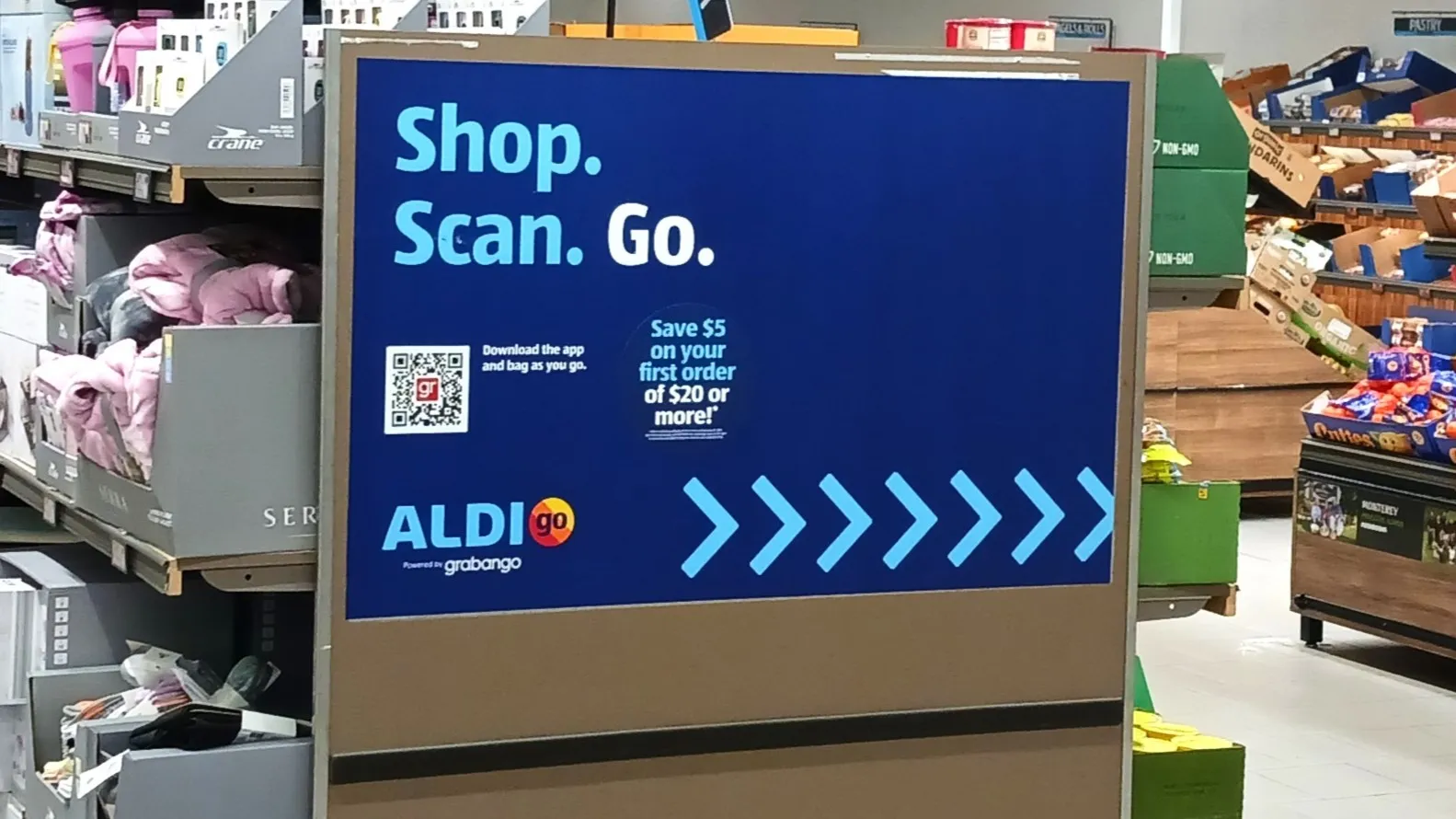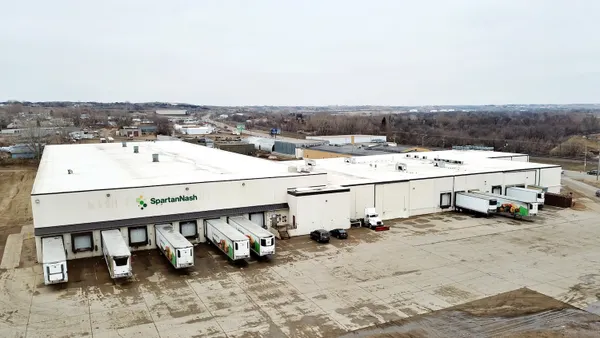As grocers continue to innovate, not all of their moves have panned out.
Retailers have already weathered several artificial technology fails this year, including some very weird photos posted to Instacart’s recipes pages. 2024 has also seen several store concepts and technologies disappear.
Going down memory lane, here are some of the most notable closures that the grocery industry endured this year.
1. Dom’s Kitchen & Market shutters
Arguably the most depressing closure this year was Dom’s Kitchen & Market, which shut downthis spring when parent company Outfox Hospitality — which also owned Foxtrot Market unexpectedly ceased operations. The shuttering of the two-store Chicago grocer marked yet another major change for its co-founder Bob Mariano, a longtime grocery veteran who also founded the renowned Kroger-owned banner that bears his last name.

Before its untimely demise, the industry (and Grocery Dive) was closely watching Dom’s emergence as an upscale grocer looking to blend its specialty and local grocery aisles with a culinary-centric store design. The grocer’s focus on made-to-order and ready-to-eat meals came at a time when many grocers were heating up their competition against restaurants.
As Foxtrot returns from the dead, Dom’s is one concept that Grocery Dive would love to see come back to life.
2. RIP Save Mart’s distribution business
The Save Mart Companies has left the distribution business and partnered with C&S Wholesale Grocers.
Earlier this month, Save Mart closed its distribution center in Roseville, California, and it’s set to shutter its Merced, California, facility on Nov. 3. The two closures will impact 527 workers, according to WARN notices.
Save Mart also said it recently sold Smart Refrigerated Transport, the company’s Lathrop, California-based distributor, to C&S, saying the sale was part of “a larger supply chain optimization strategy designed to provide customers with more competitive pricing, enhanced product assortment, and an overall improved shopping experience.”
The distribution changes for Save Mart, which operates nearly 200 stores in California and Nevada under the Save Mart, Lucky and FoodMaxx banners, follow an effort to consolidate its supply chain in recent years and come just months after the company changed ownership.
3. Schnucks buries its Eatwell banner
Following in the footsteps of other regional grocers that have closed their health-focused formats, Schnuck Markets shuttered Eatwell Market, a two-store banner in the Midwest focused on natural and organic foods.
Schnucks decided to abandon the format “after significant analysis and evaluation of what we could do to make each store more successful during current economic conditions,” Chairman and CEO Todd Schnuck said in a statement in May.

Schnucks debuted the format in Columbia, Missouri, in 2020 and three years later opened a second location in Chesterfield, Missouri.
The Midwestern grocery chain closed the Chesterfield store on June 2 and converted the Eatwell store in Columbia to its traditional format this summer. Kroger, Publix, Whole Foods Market and Amazon have previously shuttered scaled-down grocery formats, as well.
4. Grabango goes dark
Grabango, the automated checkout technology company that ran pilots in several U.S. convenience store chains, ceased operations earlier this month. The company was unable to secure the funding it needed to continue operating, according to a spokesperson.
Will Glaser, who previously launched subscription-based music streaming service Pandora, founded Grabango in 2016. Over the years, the company grew its list of partners to include big names such as 7-Eleven, Circle K and Chevron. Grabango also tested its tech with Giant Eagle’s GetGo Café+Market. Earlier this year, Aldi linked with Grabango to test the gear, which used computer vision-based cameras and sensors mounted on ceilings, at a Chicago-area store.

Grabango’s closure doesn’t bode well for the autonomous checkout technology’s future in grocery stores. Despite promising shorter checkout experiences, frictionless checkout tech has so far proven too expensive and unwieldy for supermarket operators.
5. Amazon lays Fresh Pickup to rest
Amazon confirmed in early January that it closed its last remaining Fresh Pickup location in Seattle the previous month.
The SoDo neighborhood site shuttered almost a year after a Fresh Pickup location in the city’s Ballard neighborhood closed. Both spots opened in 2017 and allowed Prime members to order groceries online and reserve a pickup time at one of the two locations.
Fresh Pickup was one of a few examples of pickup-only grocery sites that sprouted up around the U.S. in the past several years. But the trend has failed to gain traction among consumers, who remain primarily focused on in-person shopping.
The closure of the final Fresh Pickup site is just one of several changes Amazon has made in recent months as it tests and refines its grocery strategy, including pulling Just Walk Out technology from its Whole Foods Market and Amazon Fresh stores in the U.S.














